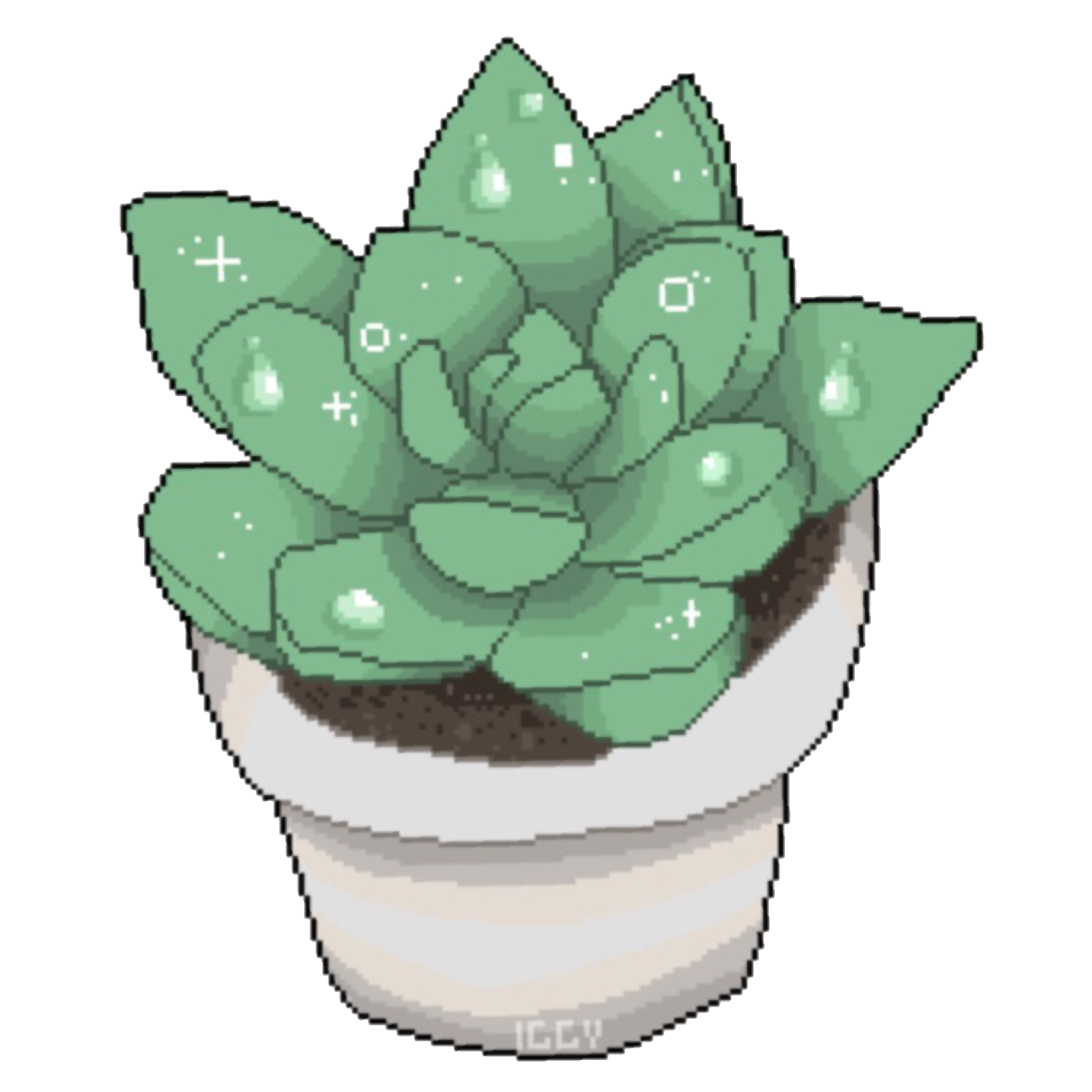Here are the tiny leaf pullings of my Pinguicula agnata and P. moranensis.
The main substrate is LECA, with a top dress layer of living mosses.
The moss samples were foraged from parks, concrete, and more, then transferred to propagation boxes to get a clean sample, and then sprinkled on top of the substrate.
Right now, I use a mix of different species with different growing condition preferences, because I wanna see which ones thrive and which not.
Pings grow on rocks and trunks in nature, where they often anchor in mosses, which gives them steady moisture.
Why?
- Because they look neat
- Because they give my GF the signal to NOT water with fertilizer when I’m out of house. I plan to at least top dress ALL my carnivorous plants with moss in the future.
- Because the LECA is often too airy (big gaps between the balls), and Pings root very shallow, so they often dried out
- To give them a place where the leaves can rest without salt residues
- To support more microfauna, like springtails, which act as “infant food” for the sticky leaves
- And because it looks neat, did I already say that?
It will probably take a month or two for the mosses to sprout again and cover the surface.
As soon as I see any progress, I will update y’all 👋


May I ask what brand of LECA you use? I’ve read contradictory things about pH of LECA being basic. I got a bag of Growit, and tested it with tap water - the water is indeed very basic compared to my control even after lots of rinsing and repeated soakings. I’m wondering if some brands are better at living up to claims of being pH neutral than others.
I think the brand doesn’t matter much. They all work fine.
I will make a post about it, so it is easier accessible for others too.
TL;DR what I’ll say:
- Expensive isn’t much better per se, but there are still some with worse quality than others (unpuffed balls, etc.)
- There’s “red” LECA (smoother surface, but more compact) and “grey” LECA (very lightweight, porous and floats). Both have their own (small) pros and cons, but still similar. I just mixed them by now for aesthetic purposes lol
- The size variation matters a lot. Bigger, rounder balls = more air gaps. Also, I’ve found smaller beads to also be less porous than bigger ones.
- You have to soak it first in pure water when dry. If you use tap water instead, it will soak up the minerals and leach them out over the next weeks and alter the water chemistry, including pH.
You can reverse this pretty fast by boiling in rain/ distilled water. The pressure from the boiling will drive out the remaining stuff from the pores. - All in all, aside from the dust and (often) leftover minerals in the beginning, it is totally inert once you’ve soaked it in pure water at least two times.
Love pings, I just got a bunch last week! Looking forward to your update post :)
Aww what cute little carnivores 😁
Super cool, look forward to seeing the moss spread.
Question: what is LECA?
I’ve been tending a volunteer moss garden in my yard for 1.5 years now. I haven’t brought it in for propagation but I do think about it from time to time. Mind sharing your propagation method?
I made a guide a few weeks ago, here it is
LECA is expanded clay balls. Similar to pumice for example, it has a lot of pores, which draw up water by capillary action. It is constantly moist, but also highly aerated and my hydroponic medium of choice.
I also made a few posts about it, including microscope pictures and explaining the concept of semi-hydro :)
Thank you so much for the guide. I want to add plumbing and add aquaponic gardens to our freshwater aquariums.
It’s hard planning any big future projects since I don’t know when we’re going to have to flee the country.
Lightweight Expanded Clay Aggregate. Basically totally inert pebbles that are very light and will retain a little water and draw a tiny bit up through capillary action. Used instead of soil for hydro and semi hydro growing.
Thank you. I’d heard/read it before and forgot. Coulda googled but conversationally obtained information tends to stick better for me.



